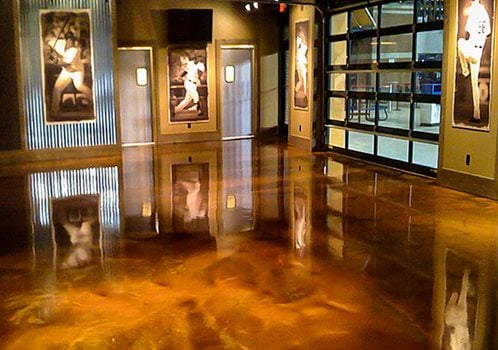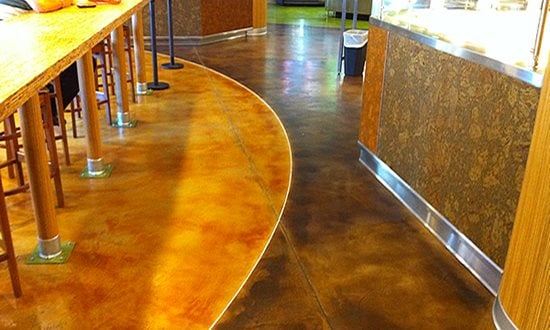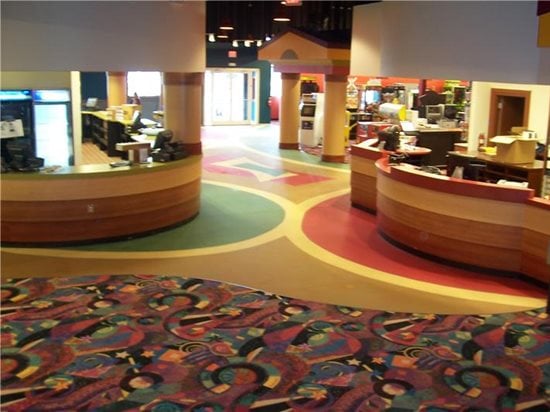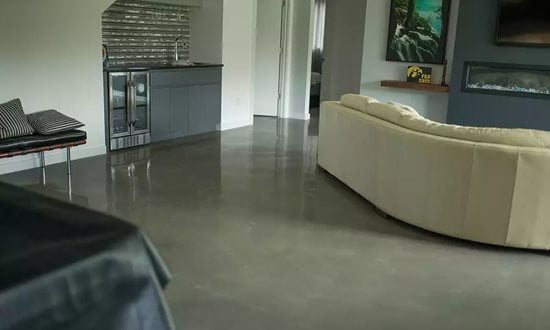
Quarryville, PA
Staining imparts a luxurious richness that can't be achieved by any other coloring medium. Rather than produce a solid, opaque effect like paint, stains permeate the concrete to infuse it with luminous, translucent tones that vary depending on the surface they are applied to and the application techniques used. The results can mimic everything from polished marble to tanned leather to natural stone or even stained wood.
Find stained concrete contractors near me.
Stained Concrete Information
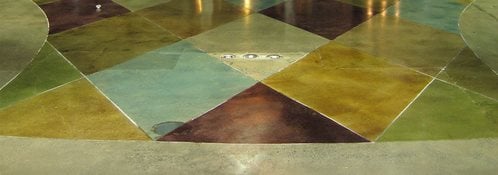
Stained Concrete Pictures
Browse a collection of indoor and outdoor concrete stained a variety of colors.
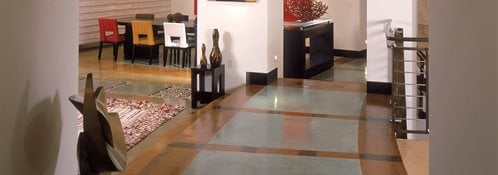
Stained Concrete Cost
The price of stained concrete starts at $2 to $4 per square foot and increases with complexity.
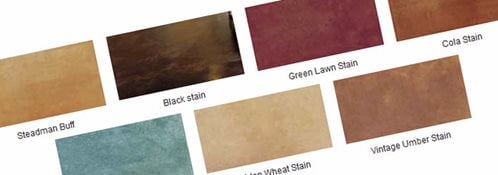
Stained Concrete Color Chart
See samples of popular color choices for staining concrete floors and outdoor surfaces.
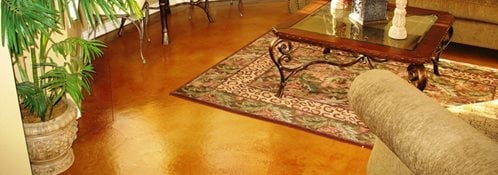
Compare Stained Concrete
Stained floors offer advantages that carpet, tile and other materials can’t match.
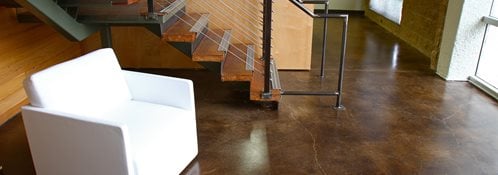
Stained Concrete Projects
See pictures and get inside info on stained concrete projects from across the country.
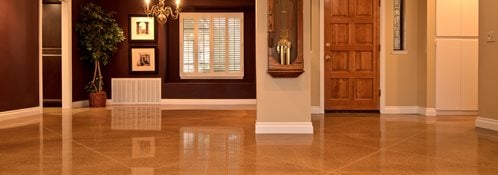
Concrete Floor Info
Discover the benefits of concrete flooring, including stenciling, polishing and overlays.

Compare Stained Concrete
Stained floors offer advantages that carpet, tile and other materials can’t match.
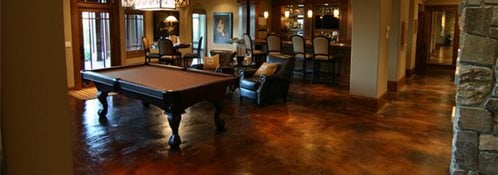
Stained Concrete FAQs
Find answers to common questions about stained concrete benefits, performance and maintenance.
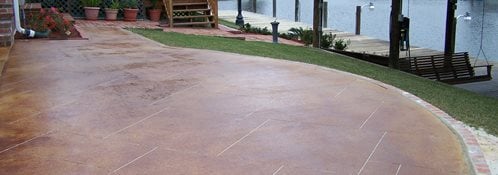
Staining Concrete Patios
Get tips and design ideas for using stains to enhance a concrete patio.
